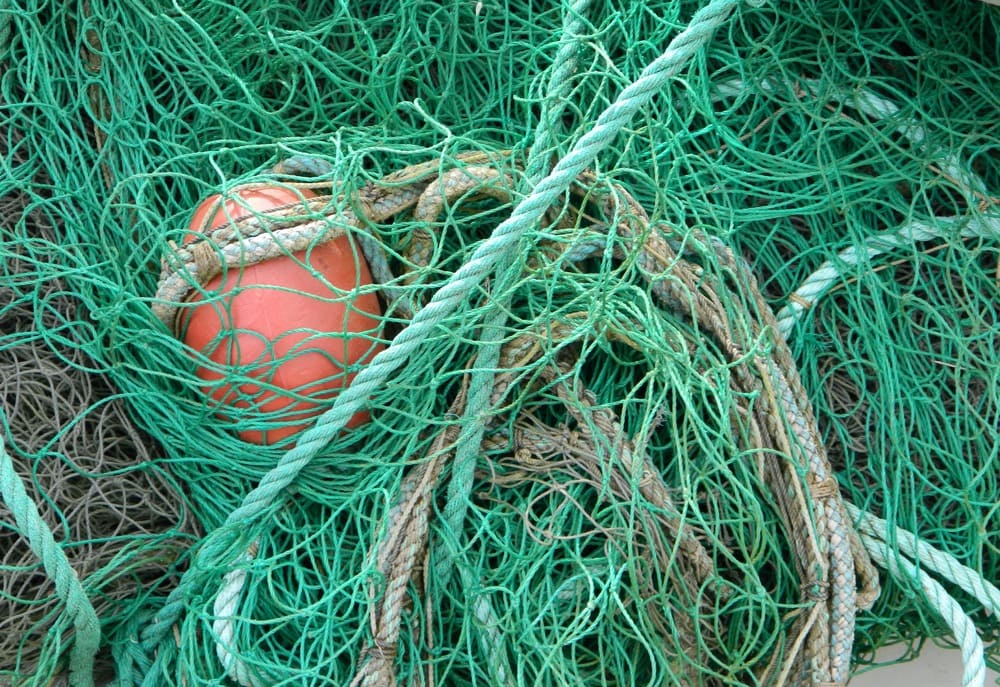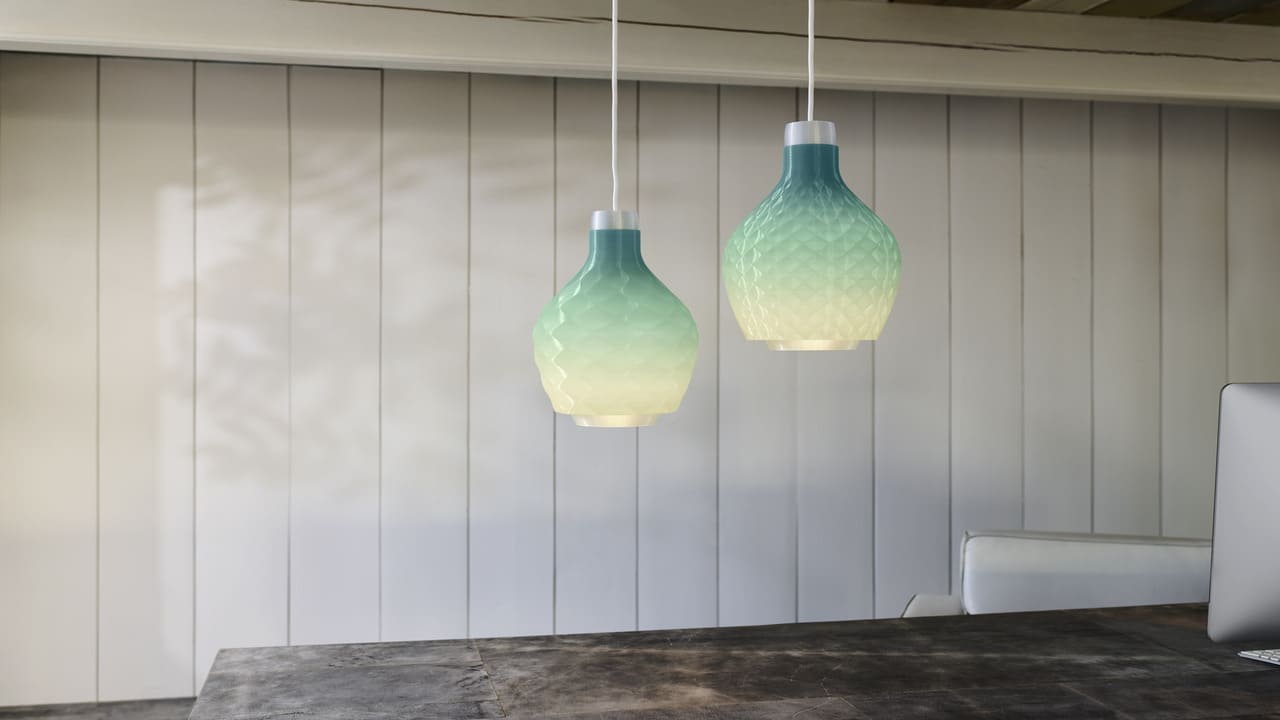Signify is a world leader in lighting and takes part in the Milan Design Week 2023. It does presenting the new Philips MyCreation Coastal Breeze lamps, 3D printed from recycled fishing nets. This new collection, a perfect combination of design and sustainable innovation, will be the protagonist of a suggestive installation at the Dutch pavilion ‘Masterly – The Dutch in Milan’ inside Palazzo Giureconsulti, in Piazza dei Mercanti 3.
Milan Design Week 2023 with Signify: the available textures
The lamps in the Philips MyCreation Coastal Breeze collection are the result of the use of the 3D printing technique applied to the world of lighting. They are distinguished by soft and organic lines and for the green-blue color typical of fishing nets. Thanks to an innovative circular economy process, they thus see a new light.
Available in four new exclusive textures signed by textile designer Aleksandra Gaca and inspired by the beauty of seascapes. Coastal Breeze lamps illuminate the rooms in which they are placed by one relaxing and diffused light in soft shades of green and blue. The different textures and small irregularities due to the starting material also make it each lamp is a unique and original piece.

The Philips MyCreation Coastal Breeze collection
With the Philips MyCreation Coastal Breeze collection, Signify wishes to contribute to the protection of coastal areas and seas. In fact, it is estimated that 46% of ocean plastic is made up of fishing nets. After use, they are often thrown into the sea, polluting and endangering the lives of marine fauna. Each lamp in the Coastal Breeze collection contains 4.5 meters of recycled fishing net, helping clean up the oceans and save the lives of up to 4 aquatic animals.
The fishing nets used to print the lamps in the Philips MyCreation Coastal Breeze collection are recovered and processed into pellets in Cornwall by Fishy Filaments Ltd, partner of Signify. The granulate is then processed into filament, the basic material for 3D printing, in Maarheeze, the Netherlands, and subsequently 3D printed in Turnhout, Belgium.
The 3D printing process
The 3D printing process developed by Signify is designed to reduce waste and promote the circular economy in all its phases. Lamps can indeed be printed on demand and locally, with no need to create excess stock. Furthermore, thanks to the absence of adhesives and fewer screws3D printed lamps are easier to disassemble and repair. Con up to 76% lower emissions in supply and production processes and up to 28% at the time of transportthese lamps constitute a valid carbon neutral alternative to traditional production.
Philips MyCreation is Signify’s range of 3D printed lamps designed for support the circular economy with sustainable lighting products. Think to be custom designed and then done in a few weeksPhilips MyCreation lamps are capable of meet the customization needs of the end user as well as the professional one through a vast catalog of colors, transparency and texture options.















Leave a Reply
View Comments